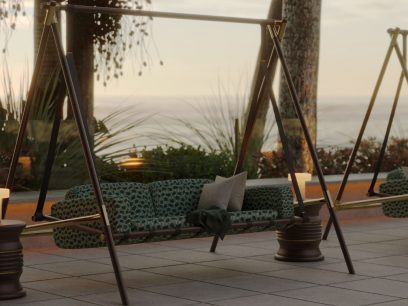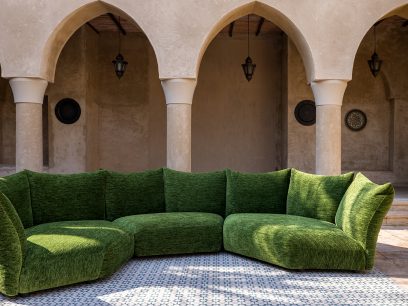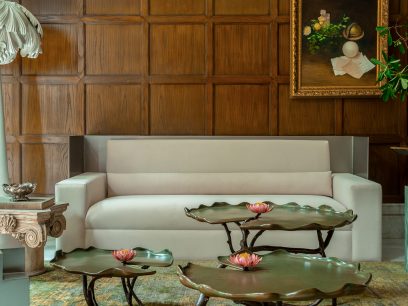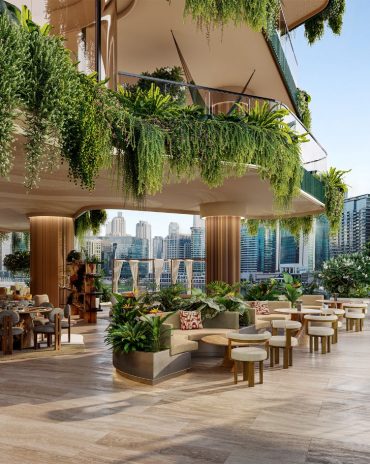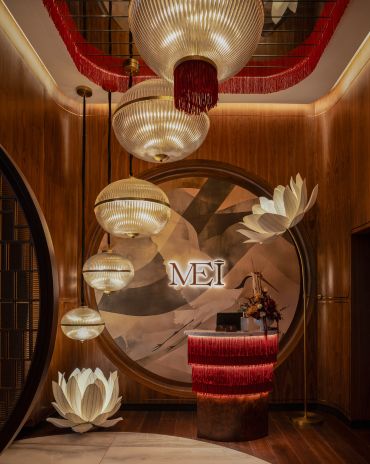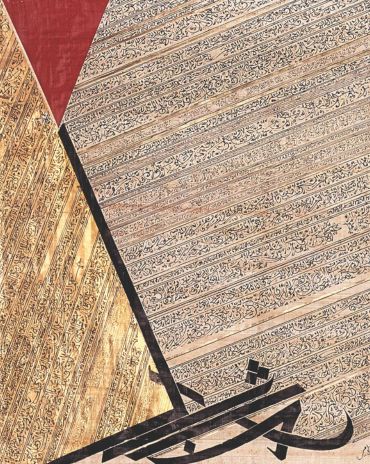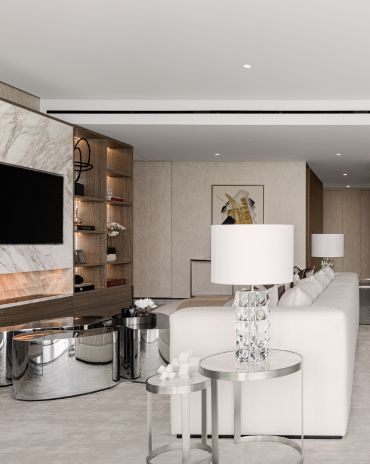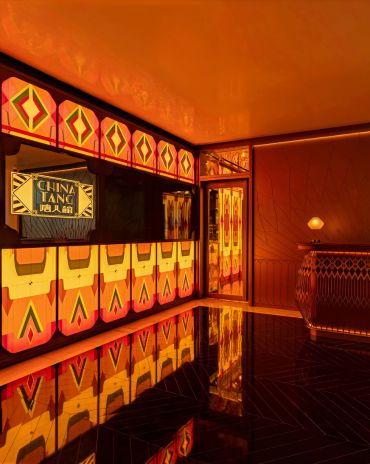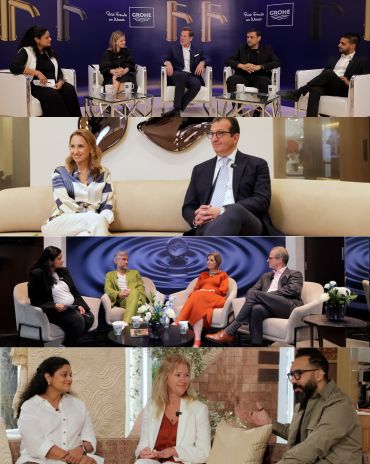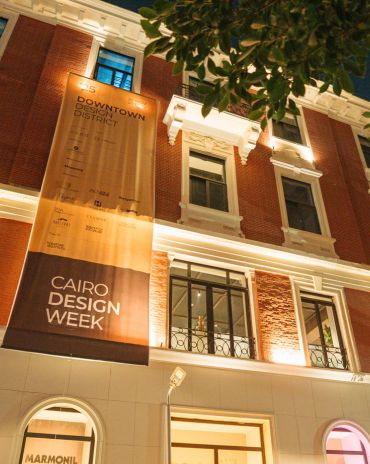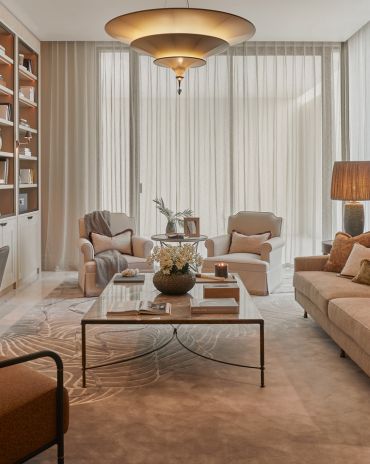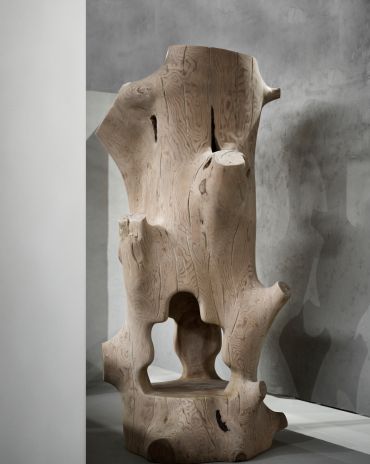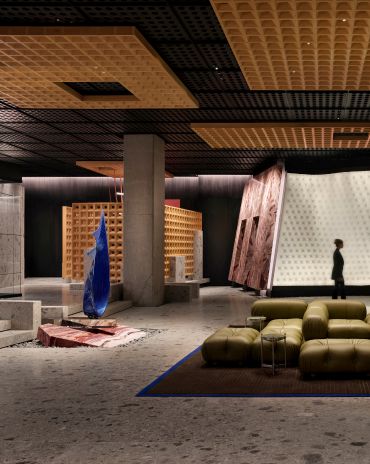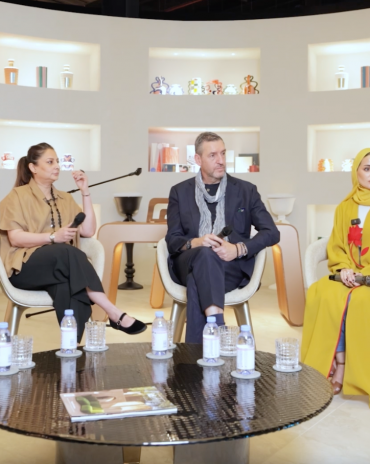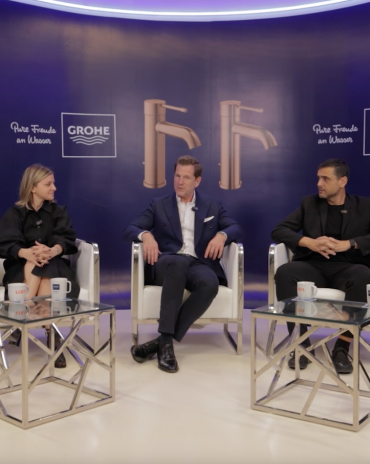Copyright © 2025 Motivate Media Group. All rights reserved.
What impact has Islamic art had on Maison Cartier? A new exhibition explores this question
500 exceptional pieces will be showcased with scenography by Diller Scofidio + Renfro,
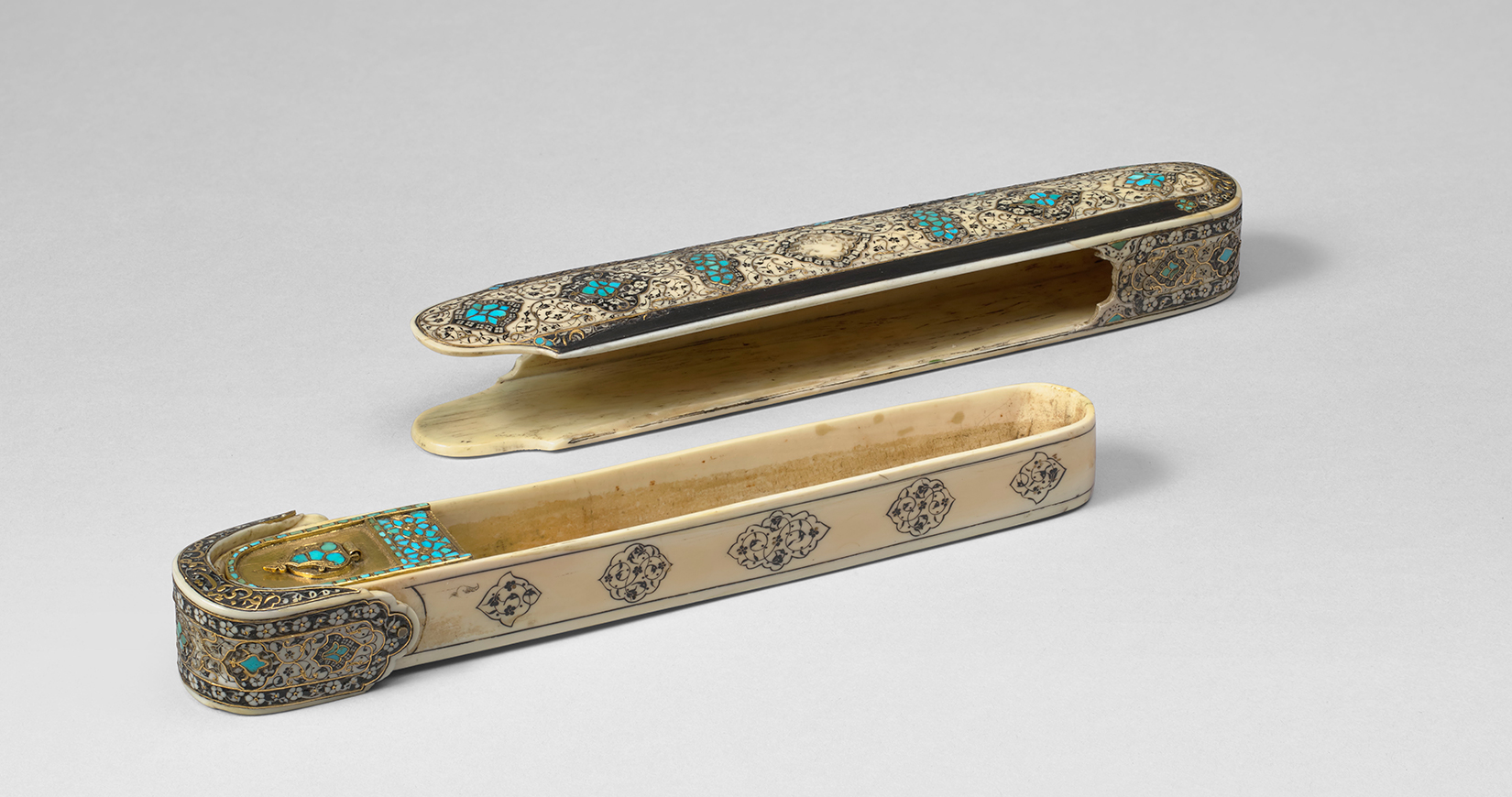
With precious creations that look like art, Cartier has an established reputation all over the world. Since Louis-François Cartier founded the company in 1847, the brand has expanded globally and now specialises in jewellery. At the beginning of the 20th century, after five decades of operations, the new generation leading the business started to look for fresh sources of inspiration. Paris was the epicentre of the Islamic art trade, something that played a major role in Louis Cartier’s (Louis-François Cartier’s grandson) discovery of new shapes.

Presented from 21 October 2021 to 20 February 2022 at the Musée des Arts Décoratifs in Paris, the exhibition ‘Cartier and Islamic Art: In Search of Modernity’ (co-organised with the Dallas Museum of Art, with the exceptional collaboration of the Musée du Louvre and with the support of Cartier) explores the influence of Oriental motifs through more than 500 exceptional pieces. Among them are Cartier jewels and objects, as well as drawings, books, photographs, archival documents and Islamic masterpieces.

With scenography by renowned architectural firm Diller Scofidio + Renfro, the themed and chronological show is divided into two parts.

The first, which focuses on the origins of interest in Islamic art and architecture in the Parisian cultural context at the beginning of the 20th century, invites visitors to discover some of Cartier’s iconic creations while also delving into the maison’s fascinating creative process. Drawings by Cartier designer Charles Jacqueau, as well as information on Jacques Cartier’s travels in India – where he met maharajahs – reflect how Oriental jewellery became the starting point for the French jeweller to reinvent certain shapes and techniques. This artistic (r)evolution led Cartier to the creation of head ornaments, tassels and bazubands (elongated bracelets that are worn on the upper arm), among other pieces.

The second part of the exhibition focuses on the new forms that Cartier developed, having been inspired by Islamic art and architecture, which became the basis of what was later described as art deco motifs. Fascinated by the Persian world, Louis Cartier started to combine bold colours such as lapis lazuli and turquoise, and emerald and sapphire, as exemplified by the famous peacock pattern. And it doesn’t stop there: In the 1930s Jeanne Toussaint, who oversaw Cartier’s artistic direction, also gave free reign to her creativity, and looked towards India to mix new colours and invent other shapes, including the Tutti Frutti pieces and sautoirs.

While the image of Cartier is inevitably associated with France, this exhibition delves into another aspect of the company that contributed to the development of an innovative visual vocabulary that is still alive today. The contemporary jewels showcased in this exhibit clearly prove it. “Cartier’s jewels and bejewelled objects have an unmistakable style and sense of taste that was cultivated, in part, through this aesthetic appreciation and study of Islamic art,” says Dr. Heather Ecker, curator of Islamic and Medieval Art at the Dallas Museum of Art.

After this first stop in Paris, the exhibition will travel to the Dallas Museum of Art in the United States from 14 May to 18 September 2022.
The Latest
How Eywa’s design execution is both challenging and exceptional
Mihir Sanganee, Chief Strategy Officer and Co-Founder at Designsmith shares the journey behind shaping the interior fitout of this regenerative design project
Design Take: MEI by 4SPACE
Where heritage meets modern design.
The Choreographer of Letters
Taking place at the Bassam Freiha Art Foundation until 25 January 2026, this landmark exhibition features Nja Mahdaoui, one of the most influential figures in Arab modern art
A Home Away from Home
This home, designed by Blush International at the Atlantis The Royal Residences, perfectly balances practicality and beauty
Design Take: China Tang Dubai
Heritage aesthetics redefined through scale, texture, and vision.
Dubai Design Week: A Retrospective
The identity team were actively involved in Dubai Design Week and Downtown Design, capturing collaborations and taking part in key dialogues with the industry. Here’s an overview.
Highlights of Cairo Design Week 2025
Art, architecture, and culture shaped up this year's Cairo Design Week.
A Modern Haven
Sophie Paterson Interiors brings a refined, contemporary sensibility to a family home in Oman, blending soft luxury with subtle nods to local heritage
Past Reveals Future
Maison&Objet Paris returns from 15 to 19 January 2026 under the banner of excellence and savoir-faire
Sensory Design
Designed by Wangan Studio, this avant-garde space, dedicated to care, feels like a contemporary art gallery
Winner’s Panel with IF Hub
identity gathered for a conversation on 'The Art of Design - Curation and Storytelling'.
Building Spaces That Endure
identity hosted a panel in collaboration with GROHE.

